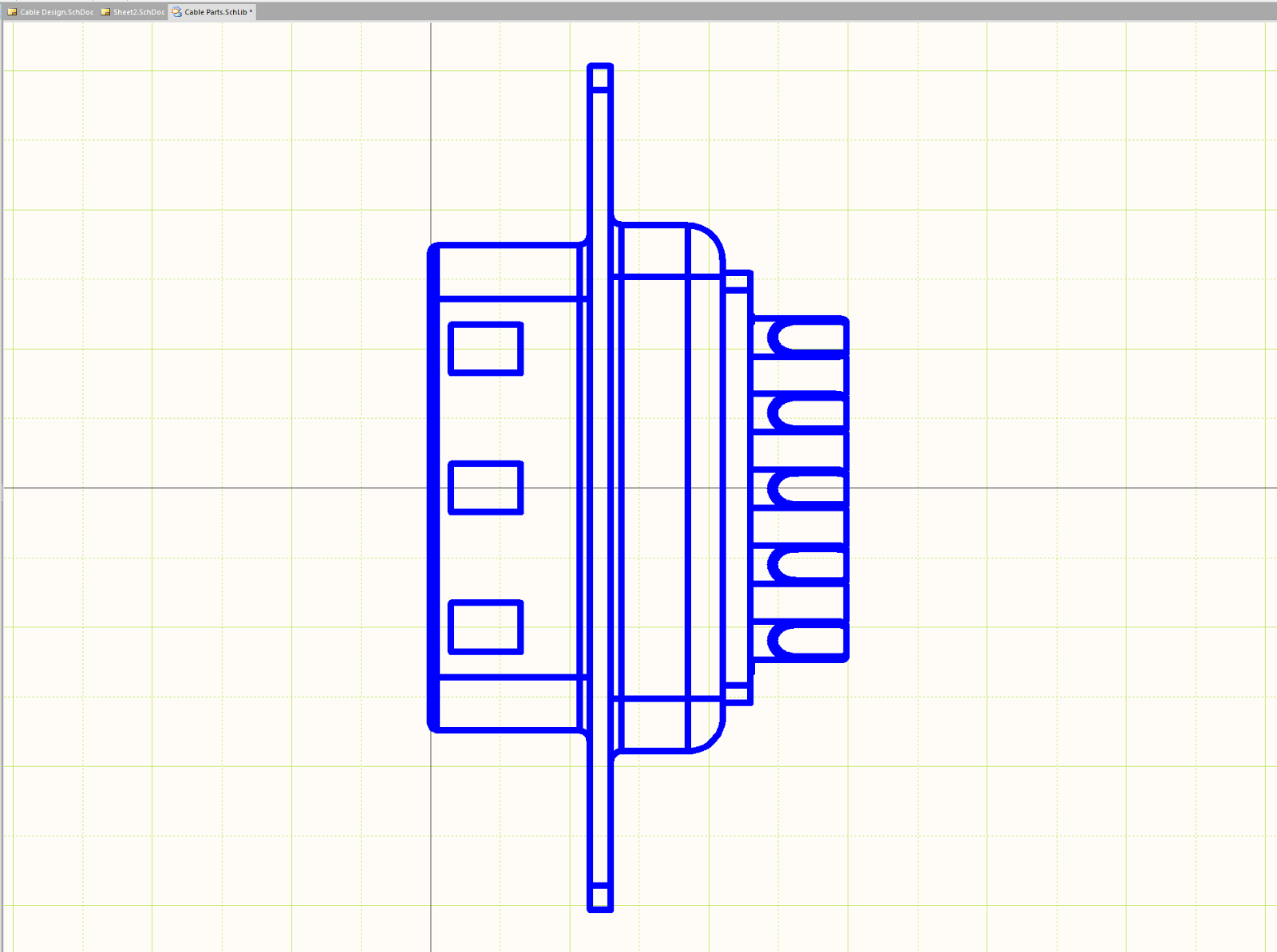
Source Layer Name – the names of the layers in the DXF/DWG source file.Layer Mappings – lists the current input-to-output layer mappings:.Use this region to specify how named Layers in the AutoCAD file are mapped to Altium Designer Layers, and if donut shapes (arc circles) are converted to Pads. Layer Mappings and Donut To Pad Conversion table Select – Use the cursor to graphically set the import zero point on the PCB layout.X and Y – Map the zero point from the imported AutoCAD drawing to the specified X/Y point on the target PCB layout.

Source DXF/DWG files that have been created with the units set to mm are more likely to scale at a 1:1 ratio when imported. The associated Size text shows the projected, scaled size of the imported graphics, in both Imperial and Metric units.

You can also enter a custom scale setting – the units setting will change to other. 1 AutoCAD unit = – The indicated scaling dimension will dynamically change according to the selected units option.An incorrect unit selection will usually result in an obvious scaling error when the file is imported. If possible, choose the Unit option that matches the units used in the source data file as specified when the source file was originally generated. The Units scaling is used when importing data from the DXF/DWG file. The default line width that will be applied when a line object in the source AutoCAD file does not include width data.Note that Paper space data might not be included in the DXF/DWG file, resulting in no drawing data being imported when this option is selected. In the source file, the Paper space dimensional information is scaled to suit a specified page size and layout. Paper – Select to set the drawing source graphic, and its dimensional information, to be extracted from the file's Paper space data.This is the recommended setting for a reliable import process.

The dimensional data is at true scaling (1:1).


 0 kommentar(er)
0 kommentar(er)
